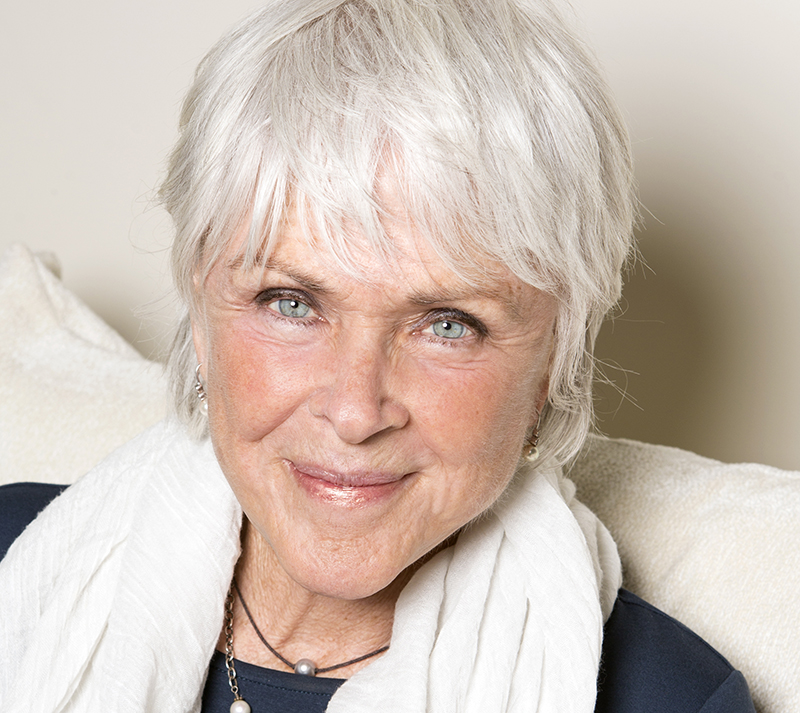- AFRIKAANS | Afrikaans
- العربية | Arabic
- CHICHEWA | Chichewa
- 简体中文 | Chinese, Simplified
- 繁體中文 | Chinese, Traditional
- ČEŠTINA | Czech
- DANSK | Danish
- DEUTSCH | German
- EESTI | Estonian
- ΕΛΛΗΝΙΚΑ | Greek
- ENGLISH | English
- ESPAÑOL | Spanish
- فارسی | Farsi
- FRANÇAIS | French
- 한국의 | Korean
- עברית | Hebrew
- HRVATSKI | Croatian
- ITALIANO | Italian
- LATVIESU | Latvian
- LIETUVIU | Lithuanian
- MAGYAR | Hungarian
- македонски | Macedonian
- NEDERLANDS | Dutch
- 日本語 | Japanese
- NORSK | Norwegian
- PAPIAMENTU | Papiamentu
- POLSKI | Polish
- PORTUGUÊS | Portuguese
- ROMÂNĂ | Romanian
- РОССИЯ | Russian
- SHQIP | Albanian
- SLOVENČINA | Slovak
- SLOVENŠČINA | Slovenian
- SRPSKI | Serbian
- SUOMI | Finnish
- SVENSKA | Swedish
- TÜRKÇE | Turkish
- ייִדיש | Yiddish
Four Liberating Questions

By Tom Moon, MFT–
Corey came to see me, consumed with hurt and rage. Two years ago, his partner Lyle, whom Corey said “was the love of my life,” abruptly moved out of their apartment and disappeared while Corey was at work. In the following days, Corey discovered that Lyle had been involved with Lyle’s “best friend” for more than a year, and that the two had left the state together. Corey subsequently spent most of his waking hours so preoccupied with angry and vengeful thoughts that his life came to a standstill. He wanted to let go, but he felt completely stuck.
Together, we tried a number of methods to get him unstuck, and what finally did it was a process of self-examination developed some years ago by a woman named Byron Katie. Beginning in her early thirties, Katie was so depressed and stuck in self-loathing that she was often unable to get out of bed for days or weeks at a time. One morning, in a sudden moment of life-changing insight, she saw that her suffering came from her thoughts about her situation—such as “my life is horrible,” and “I don’t deserve happiness”—and not from the situation itself. She realized a simple truth: when she believed her thoughts, she suffered, and when she didn’t, she was happy.
Out of this insight, she developed a process of self-inquiry which she now calls “The Work.” It involves asking four simple questions about each belief that causes us pain:
- Is it true?
- Can you absolutely know that it’s true?
- How do you react when you believe that thought?
- Who would you be without the thought?
After answering these questions, respondents are asked to come up with a “turnaround,” a sentence expressing the opposite of what one believes. So, for instance, “He doesn’t understand me,” could become, “I don’t understand him,” or, “I don’t understand myself.”
I see “The Work” as a form of self-directed cognitive therapy. It has helped many thousands of people to get out of their mental ruts and to improve the quality of their lives.
Corey and I applied this process to his belief that: “In order for me to be happy, I need Lyle to admit he hurt and betrayed me, and I need him to offer apologies and restitution.”
Here is an abbreviated summary of our discussion:
Tom Moon: “Is this idea true?”
Corey: “Yes!”
Tom Moon: “Can you absolutely know that it’s true?”
Corey: “Well, no, I can’t really know what would happen if he ever did actually come clean with me. Maybe I’d be happier, and maybe I wouldn’t feel any different than I do right now. I’m not much of an expert on how to be happy.”
Tom Moon: “How do you react when you believe that thought?”
Corey: “I feel heavy, bitter, weighed down. I feel vengeful. And I feel helpless because he has to do something in order for me to be happy, and he isn’t doing it.”
Tom Moon: “Who would you be without the thought?”
Corey: “I’d feel a lot lighter and happier, that’s for sure. Lyle would finally really be gone from my life. When I think about him all the time, it’s like he’s still with me every day.”
Tom Moon: “Okay, now turn the thought around into its opposite: The first thing that occurs to me is that I don’t need anything from Lyle in order to be happy. It’s believing that I do that is keeping me unhappy.”
As we talk further, another turnaround occurs to him. “I need to admit that I’m hurting myself every time I ruminate about him, and instead of waiting for him to apologize, maybe I need to apologize to myself for what I’m doing to me,” Corey said.
In the weeks that followed, Corey asked these four questions every time he found himself ruminating about Lyle, and was gratified that his destructive preoccupation gradually melted away. Corey’s experience is not unusual. In my work, I’ve found Byron Katie’s process to be a simple, but highly effective, tool for opening the mind and expanding perspective.
An important advantage of this process is that it is easy to learn. Most of the people I work with are able to use it effectively on their own after just a little guidance and coaching. One easy way to begin learning how to do it is to access Katie’s website (https://thework.com/en), where you’ll find a step-by-step description of how to do it.
Tom Moon is a psychotherapist in San Francisco. For more information, please visit his website http://tommoon.net/
